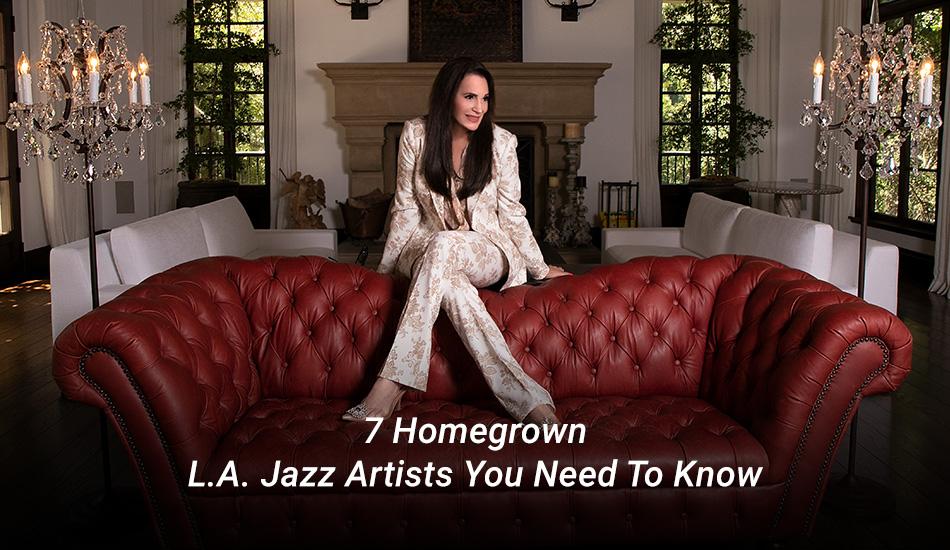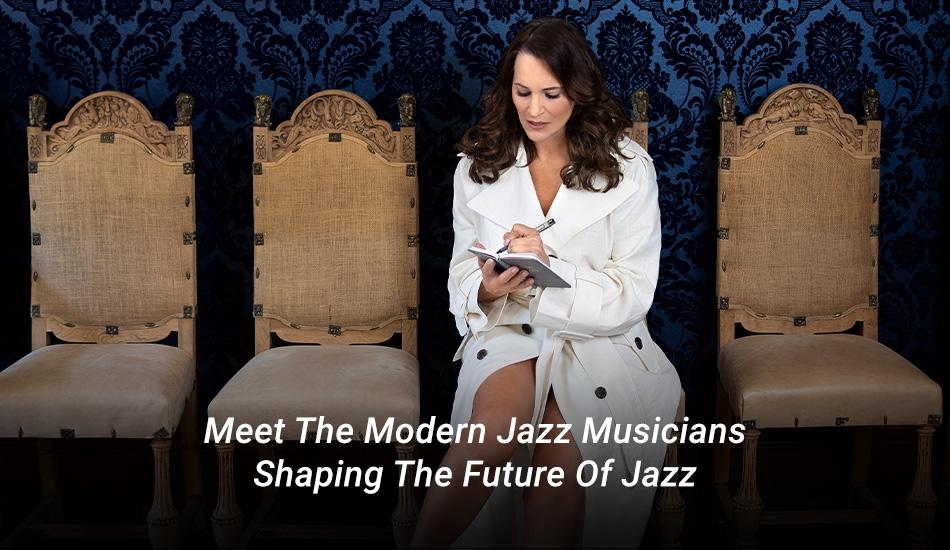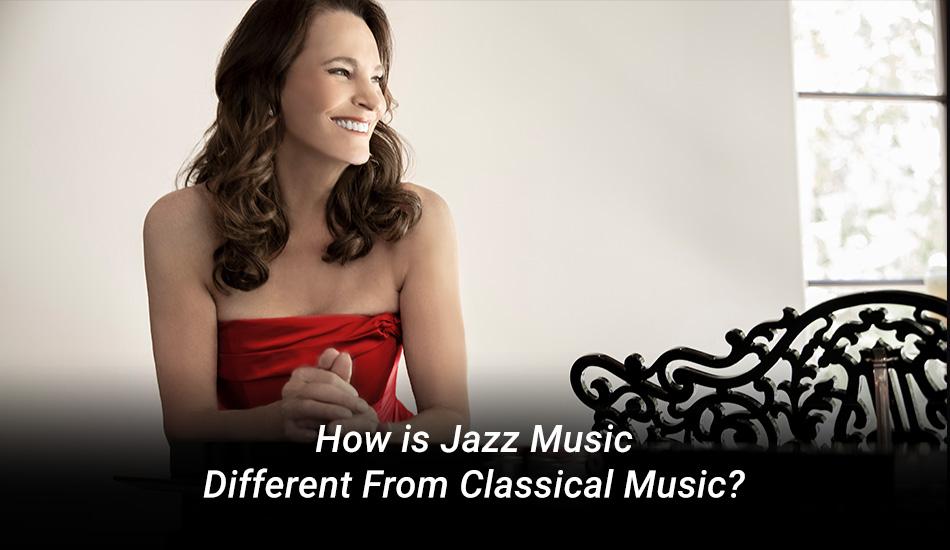
7 Homegrown L.A. Jazz Artists You Need To Know
Introduction
It’s always thrilling to see local artists make a name for themselves in the music world. And when it comes to jazz, there’s no shortage of talent here in Los Angeles. In fact, you might say that jazz is practically in their blood.
If you’re looking to get into jazz, or if you’re just curious about the growing L.A. jazz scene, then you need to check out these 7 Jazz Singers in L.A. From veteran performers to fresh new faces, these musicians are all making their mark on the jazz world.
7. Sylvia Brooks
Sylvia Brooks is a jazz artist you need to know. She was born and raised in L.A. Her mother Johanna Dordick was an opera singer who established the Los Angeles Opera Theatre, and her father Don Ippolito was a jazz pianist who worked with many other legends, including Ira Sullivan, Buddy Rich, Peggy Lee, and Dizzie Gillespie.
Sylvia’s sound is a mix of jazz, funk, and R&B music, and she’s been compared to some of the greatest artists. She’s released three albums so far, and each one showcases her unique sound and abilities as a vocalist and improviser.
6. Gil Bernal
Gil Bernal was a saxophonist and composer who had been playing since he was a teenager. He was a session guitarist and vocalist; his saxophone can be heard on songs by The Coasters, such as “Searchin’.” He contributed to Duane Eddy’s 1958 album Have ‘Twangy’ Guitar Will Travel in the 1950s. Later, he contributed to Ry Cooder’s Chávez Ravine CD and the 2003 Warren Zevon album The Wind.
5. Vi Redd
Vi Redd got to kick start her jazz career in the late ’60s. She’s released a few albums over the years, but she never really got the recognition she deserved. Redd was a coveted bandstand asset who toured and played with Sarah Vaughn, Rahsaan Roland Kirk, Count Basie, Max Roach, and Dizzy Gillespie during the course of a prolific career.
4. Dexter Gordon
Dexter Gordon was known as a jazz tenor saxophonist. He was one among the first performers to use the instrument in the bebop style pioneered by artists like Bud Powell, Dizzy Gillespie, and Charlie Parker. He received a Grammy for The Other Side of Round Midnight’s soundtrack album’s Best Jazz Instrumental Performance, Soloist (Blue Note Records, 1986).
3. Ernie Andrews
Ernie Andrews, the LA-native has been making waves in the jazz world for decades, and he shows no signs of slowing down. With a career that spans nearly seven decades, he’s got a lot of music to choose from. After starting his career in the late 1940s and spending six years with the Harry James Orchestra, Andrews successfully established himself as a dynamic soloist.
2. Chico Hamilton
Chico’s contribution to jazz includes the invention of two distinctive and original sounds: the first in 1955 with his Original Quintet, which featured the sounds of his drums, Carson Smith’s bass, Jim Hall’s guitar, Fred Katz’s cello, and Buddy Collette’s flute; and the second in 1962 with his own drums, Albert Stinson’s bass, Gabor Szabo’s guitar, Charles Lloyd’s tenor sax, and George Bohanon’s trombone.
1. Eric Dolphy
Dolphy was one of the many jazz alto players who became well-known in the 1960s. He is undoubtedly the best jazz improviser on either the bass clarinet or the flute, as well as the first prominent bass clarinet soloist in jazz. Early recordings depict him on the conventional B-flat soprano clarinet occasionally.
Conclusion
There’s no question that Los Angeles is a hotbed of jazz talent. From up-and-coming artists to seasoned veterans, there’s no shortage of great and modern jazz singers in LA.


